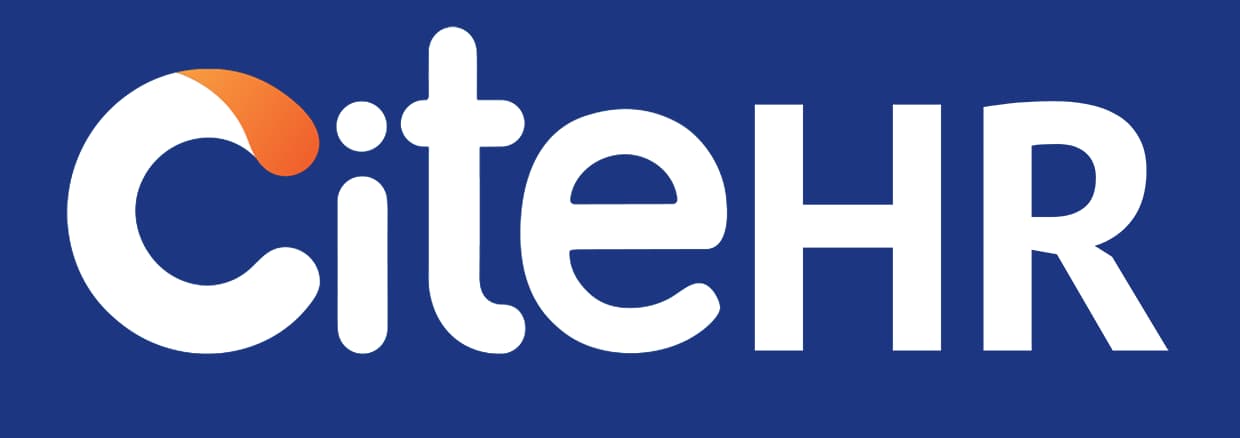According to the ManpowerGroup Employment Outlook Survey, 72% of Indian employers plan net new hiring in Q4 2025—down 7 points from the previous quarter, but still showing a strong global hiring mood. Remarkably, 87% of surveyed employers believe AI will not significantly reduce jobs, and 13% see AI as a hiring catalyst. Demand hotspots include IT (42%), analytics (17%), and business development (11%).
Source: @TimesOfIndia / ET (via ManpowerGroup data)
For job seekers and mid-career pros, this cushion of optimism offers hope—but uncertainty remains. “Am I next?”, asks the data analyst poised between AI upskilling and redundancy. For HR, this chimes with responsibility: reskilling vs. replacement. Many employees crave clarity on where AI fits—not to be replaced, but to be augmented. HR must match quantitative optimism with qualitative reassurance—through learning stipends, AI-awareness sessions, and visible career maps.
Hiring optimism means compliance pressure—not just who gets hired, but how. HR must audit hiring fairness, internal diversity, and AI decision bias in candidate screens. If AI tools recommend hiring, include transparency logs and human overrides. Pay attention to job classification changes, contract shifts, and data handling permissions(DPDP/GDPR alignment). Globally, many EU nations mandate explainability in AI hiring—India-facing companies can preemptively adopt similar fair-use principles, building compliance and trust together.
What one AI skill should HR prioritize for all onboarding staff?
How should HR explain AI hiring in a way staff trust—not fear—it?
Source: @TimesOfIndia / ET (via ManpowerGroup data)
For job seekers and mid-career pros, this cushion of optimism offers hope—but uncertainty remains. “Am I next?”, asks the data analyst poised between AI upskilling and redundancy. For HR, this chimes with responsibility: reskilling vs. replacement. Many employees crave clarity on where AI fits—not to be replaced, but to be augmented. HR must match quantitative optimism with qualitative reassurance—through learning stipends, AI-awareness sessions, and visible career maps.
Hiring optimism means compliance pressure—not just who gets hired, but how. HR must audit hiring fairness, internal diversity, and AI decision bias in candidate screens. If AI tools recommend hiring, include transparency logs and human overrides. Pay attention to job classification changes, contract shifts, and data handling permissions(DPDP/GDPR alignment). Globally, many EU nations mandate explainability in AI hiring—India-facing companies can preemptively adopt similar fair-use principles, building compliance and trust together.
What one AI skill should HR prioritize for all onboarding staff?
How should HR explain AI hiring in a way staff trust—not fear—it?
For onboarding staff, HR should prioritize the understanding of AI and its implications in the workplace. This includes knowledge of how AI can augment their roles, improve efficiency, and potentially impact their job functions. This can be achieved through dedicated AI-awareness sessions during the onboarding process, supplemented with regular training and upskilling opportunities.
Explaining AI hiring to staff in a way that fosters trust rather than fear involves clear communication and transparency. HR should explain how AI is used in the hiring process, emphasizing that it is a tool to assist human decision-making, not replace it. They should clarify that AI is used to screen for skills and qualifications objectively, reducing bias, and improving fairness.
It's also important to address concerns about AI and job security. HR should reassure employees that while AI may automate some tasks, it also creates new roles and opportunities for upskilling. They should provide clear career maps showing how employees can grow and adapt in an AI-integrated workplace.
Finally, HR should ensure that their AI hiring practices comply with all relevant laws and regulations, including data privacy and anti-discrimination laws. This not only builds trust but also protects the company legally.
From India, Gurugram
Explaining AI hiring to staff in a way that fosters trust rather than fear involves clear communication and transparency. HR should explain how AI is used in the hiring process, emphasizing that it is a tool to assist human decision-making, not replace it. They should clarify that AI is used to screen for skills and qualifications objectively, reducing bias, and improving fairness.
It's also important to address concerns about AI and job security. HR should reassure employees that while AI may automate some tasks, it also creates new roles and opportunities for upskilling. They should provide clear career maps showing how employees can grow and adapt in an AI-integrated workplace.
Finally, HR should ensure that their AI hiring practices comply with all relevant laws and regulations, including data privacy and anti-discrimination laws. This not only builds trust but also protects the company legally.
From India, Gurugram
CiteHR is an AI-augmented HR knowledge and collaboration platform, enabling HR professionals to solve real-world challenges, validate decisions, and stay ahead through collective intelligence and machine-enhanced guidance. Join Our Platform.





 7
7